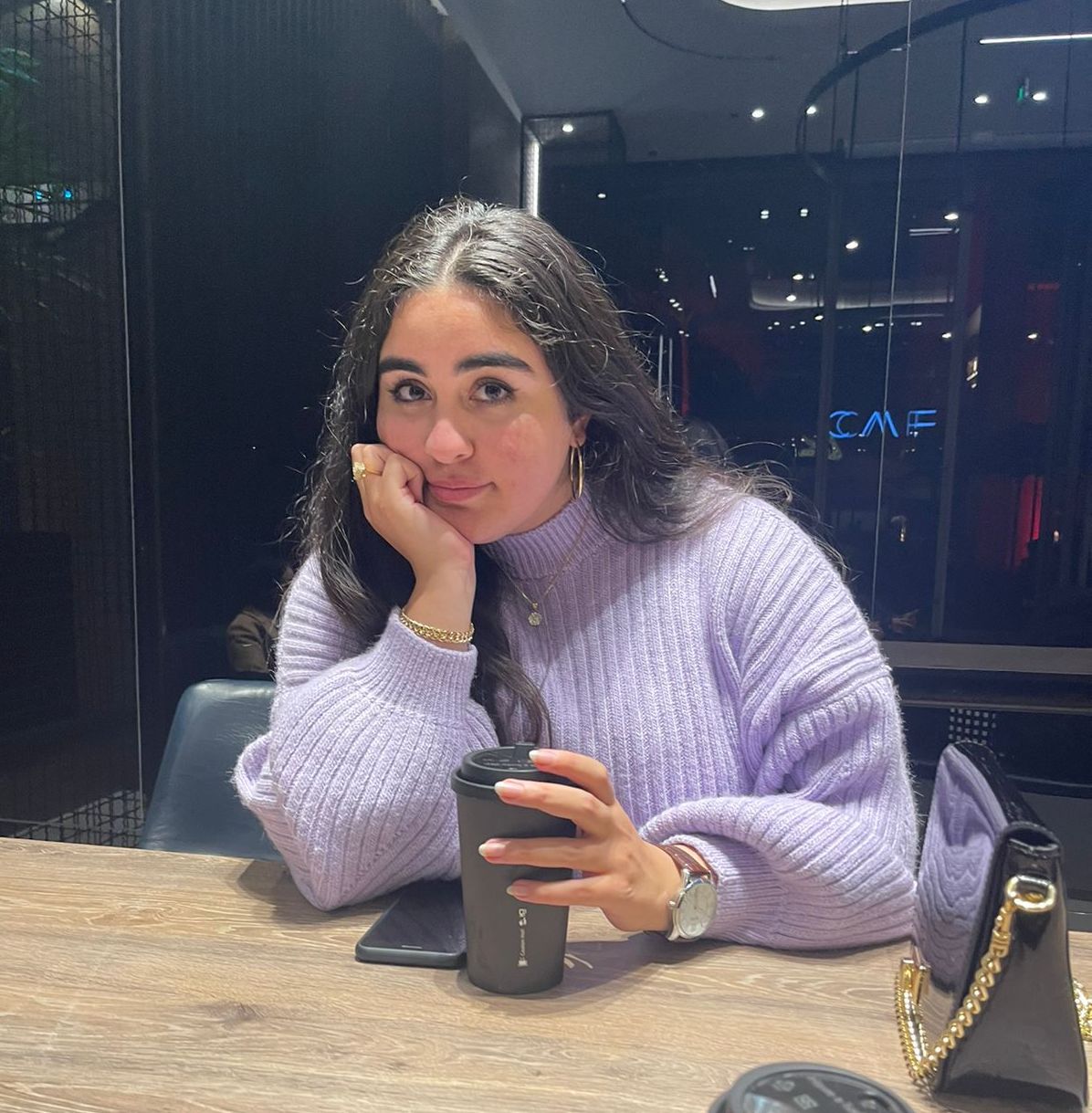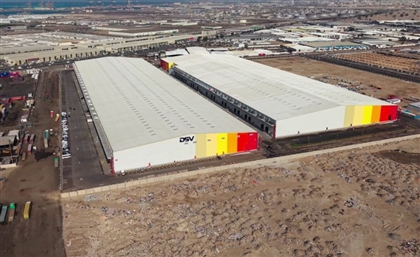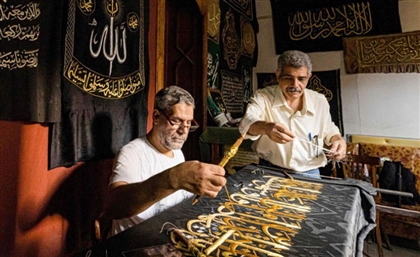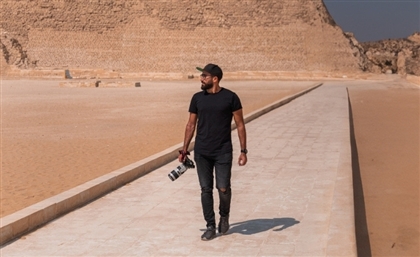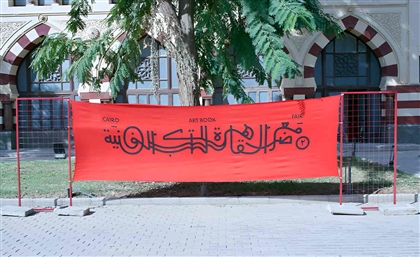This Jeddah Mansion Transports You to Saudi's Golden Age
Al Makkiyah is a pillar of Arabian art, culture, architecture, and heritage.
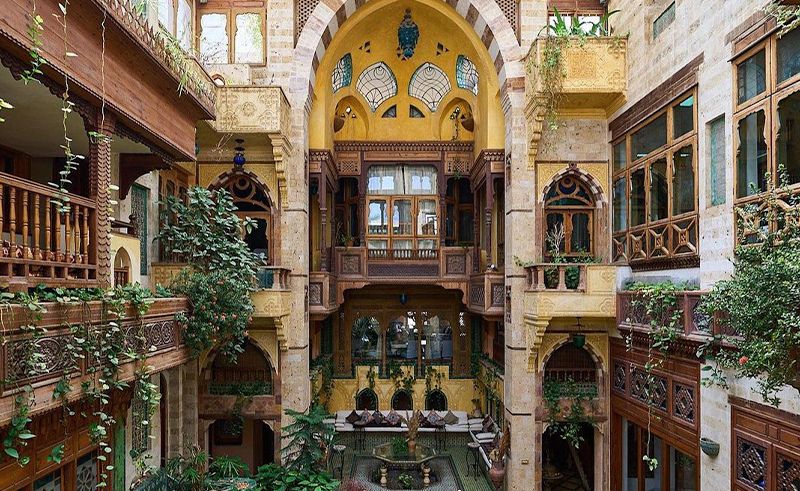
Al-Makkiyyah is the crown jewel of residential villas in Jeddah, Saudi Arabia, a fortress protecting the most forgotten parts of Arabian art, culture, and heritage. The villa, a family home, is almost a time capsule.
Stepping through its main door is akin to stepping into the Golden Age of the Islamic Empire, with local tribal, Umayyad, Abbasid, and Ottoman architectural influences melting together into a masterpiece. High ceilings, perfectly curved archways, large wooden windows, and mosaiced walls decorate the place in a stunning amalgamation of millennia of heritage. The interior matches nearly perfectly with antique tapestries, hand-embroidered pillows, silk and gold-threaded ottomans, and beautifully carved furniture leaving an incredible imprint of peace and homeliness on the hearts of visitors and spectators alike.
The villa was designed and built by Dr. Sami Angawi, a prolific architect who dedicated his life to preserving Saudi heritage and traditions by reintroducing ideas, beliefs, and knowledge that was once lost. Some of his most famous accomplishments include designing the Islamic Institute of Boston, and the International Medical Center in Jeddah. In 1975, Dr. Angawi worked with German architect Frei Otto on the Hajj Research Center in the Kingdom’s capital, for which he was the founder and director. He also worked with globally-recognised Egyptian architect Hassan Fathy on the ground-breaking Dar al-Islam community project in Abiquiu, New Mexico in 1979, which was designed to house and educate Muslim families in a welcoming village environment.
Dr. Angawi’s greatest accomplishment, however, is his own family home, Al Makiyyah, built over the span of a decade, and involving the most intense of research pathways to bring to life a pillar of Arabian authenticity. In this way, he worked to pay homage to culture, tradition, architecture, design, and a language lost to imperial influences and local naivete.
Dwellers of the Arabian Peninsula can trace their ancestry back over 1,500 years to some of the most renowned tribes in the history of the Middle East. One such tribe is Quraysh, from which the Prophet Muhammad descended, whose reign over Mecca was absolute for centuries, and who has long been known for their skill with trade and their mastery of the Arabic language.
With the tribe occupying Al-Badiya (the desert), a tradition was born to name their sons and daughters harsh names, on the belief that doing so will help their children survive and strike fear in the hearts of their enemies. This tradition, while not nearly as prevalent, is still alive today, through many of Prophet Muhammad’s descendants, including Dr. Angawi himself, who named his own home after his birthplace and the birthplace of every ancestor he can trace: Mecca.
- Previous Article Italian-Palestinian Duo No Input Debuts Eponymous Electro EP
- Next Article Travel Across History on Egypt's Most Iconic Bridges
Trending This Week
-
Dec 12, 2025







